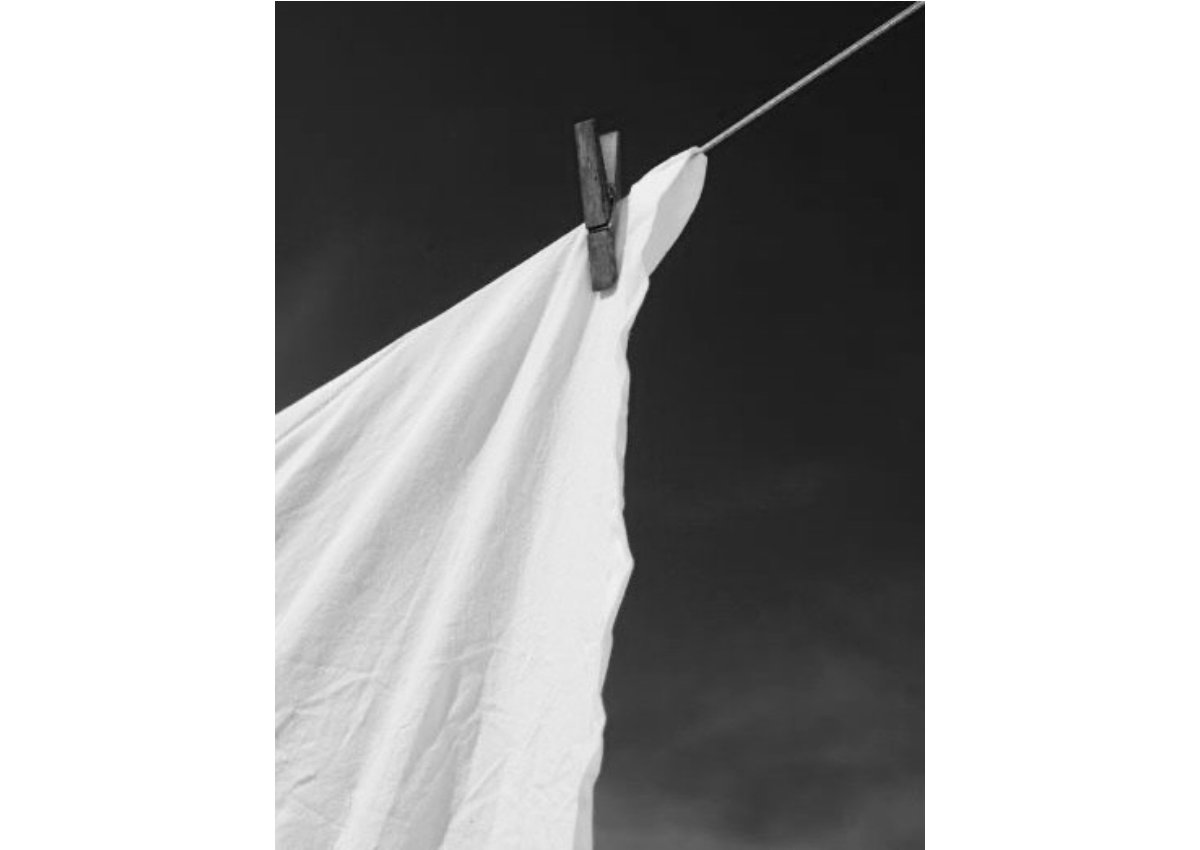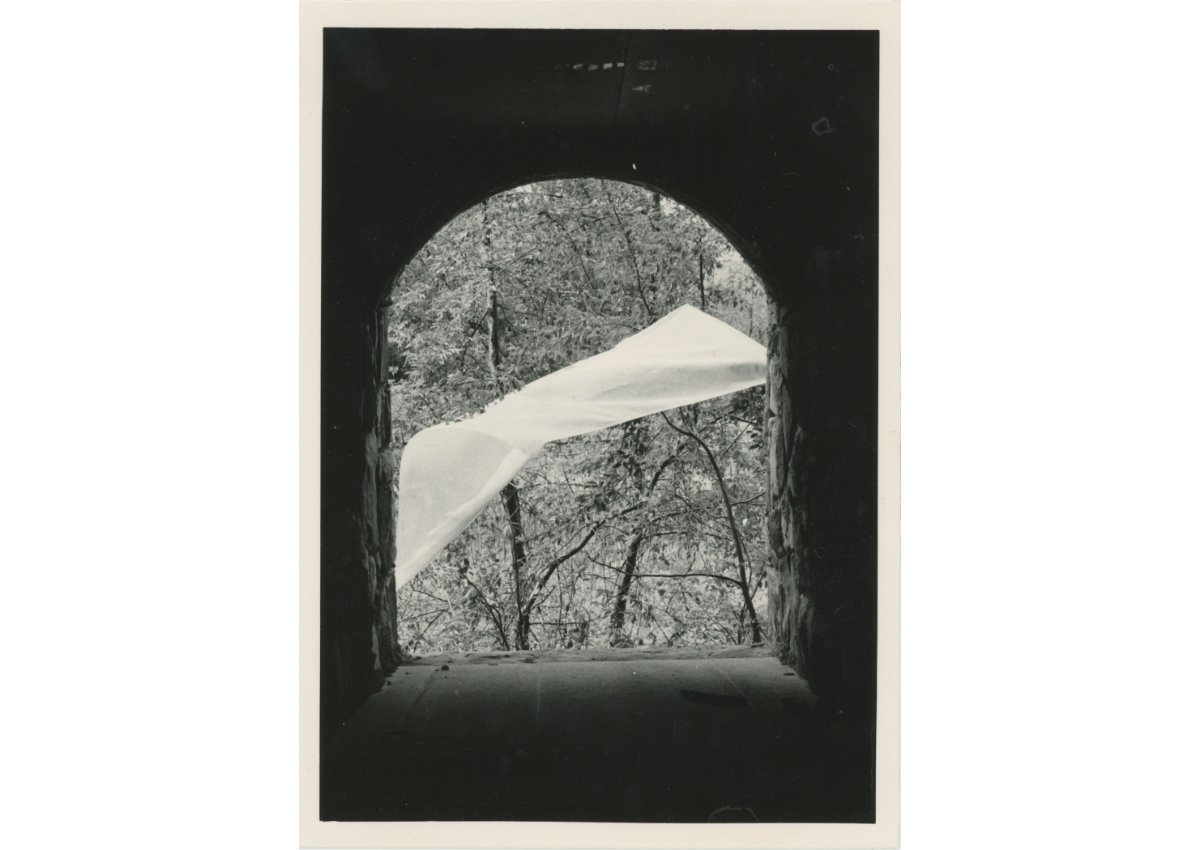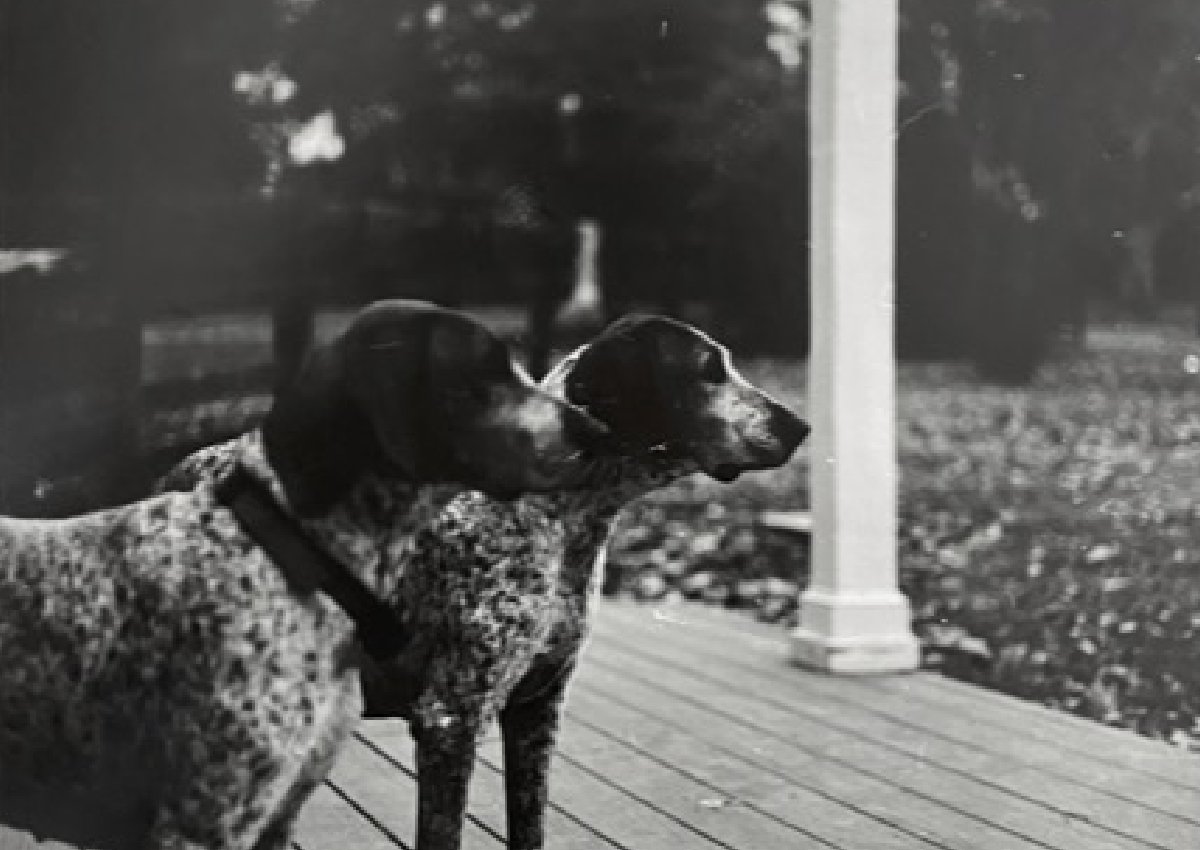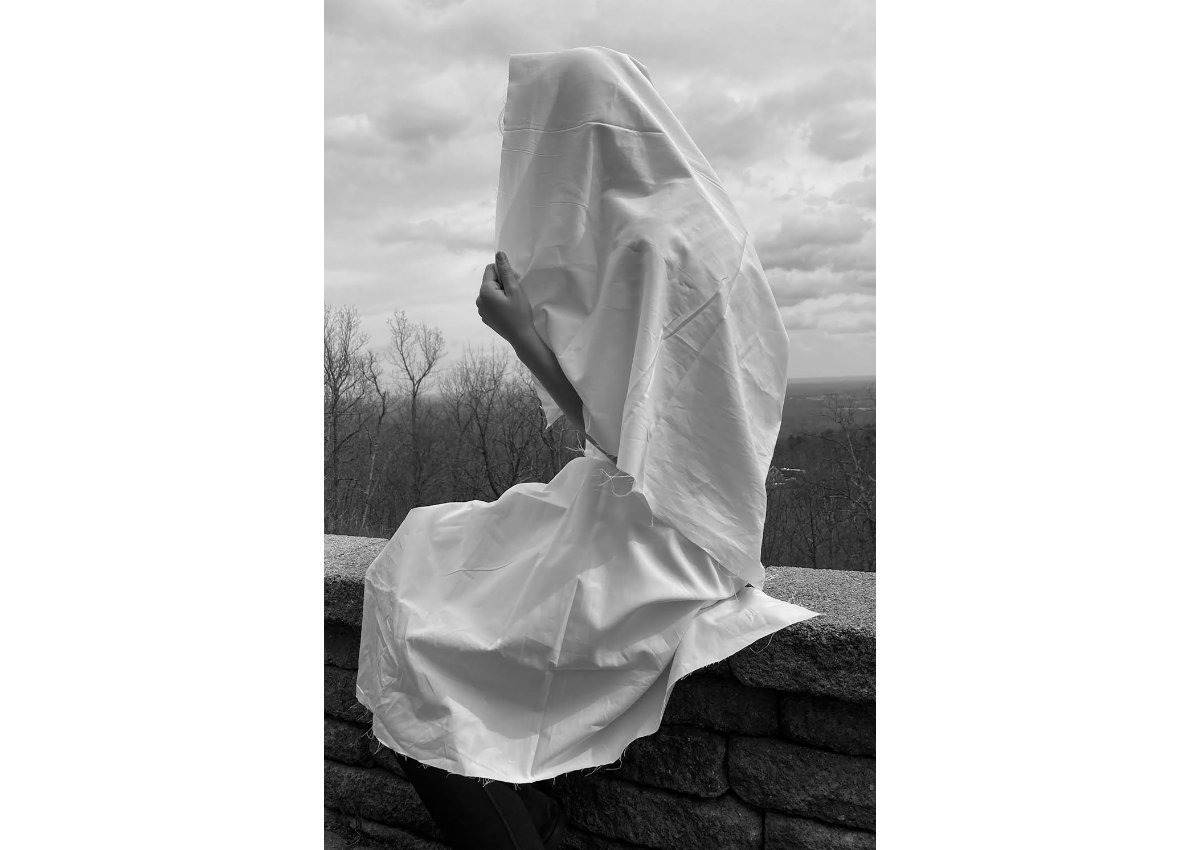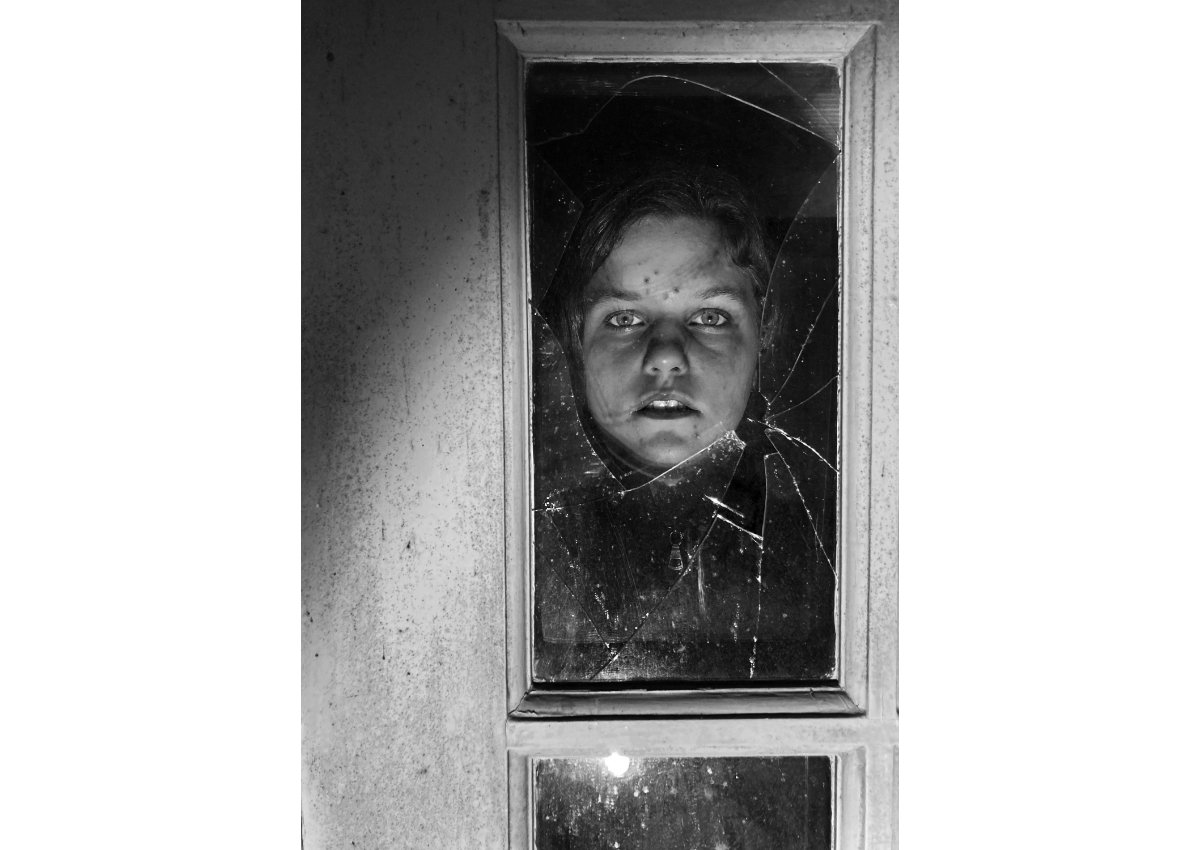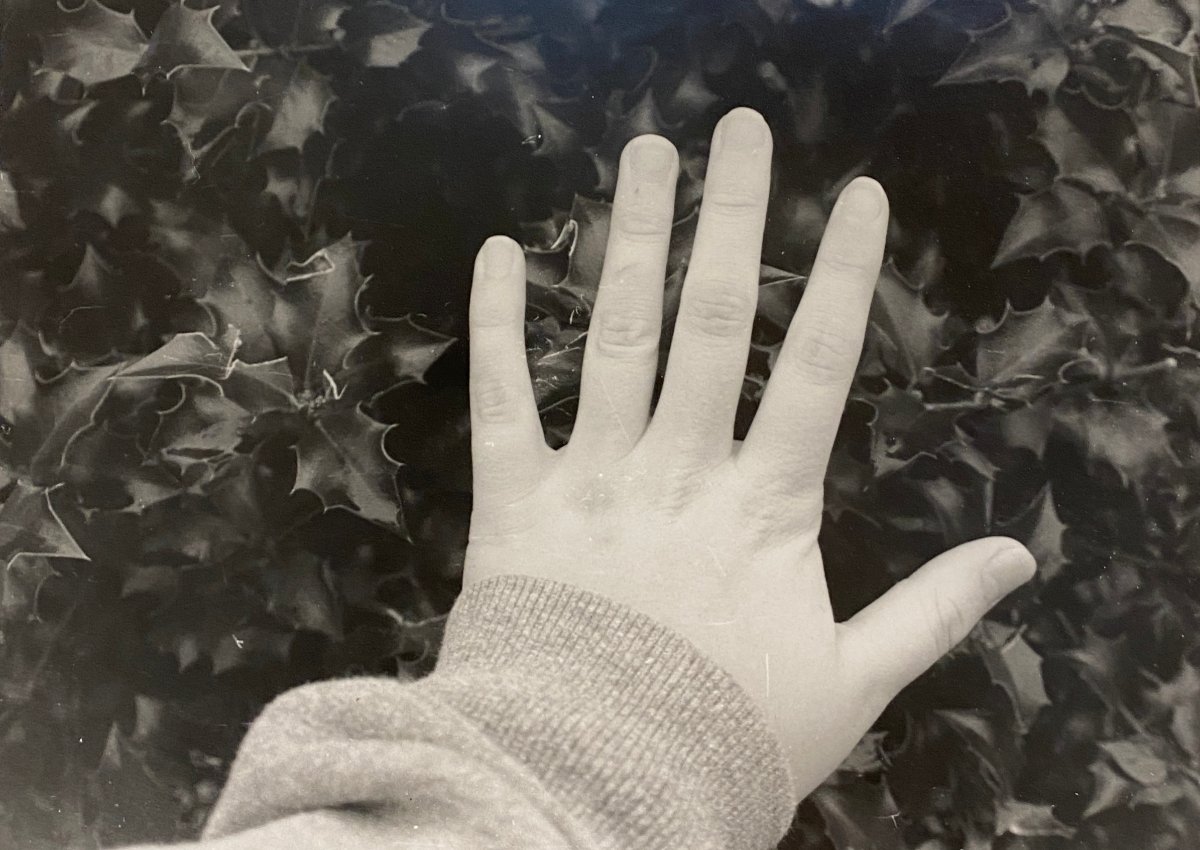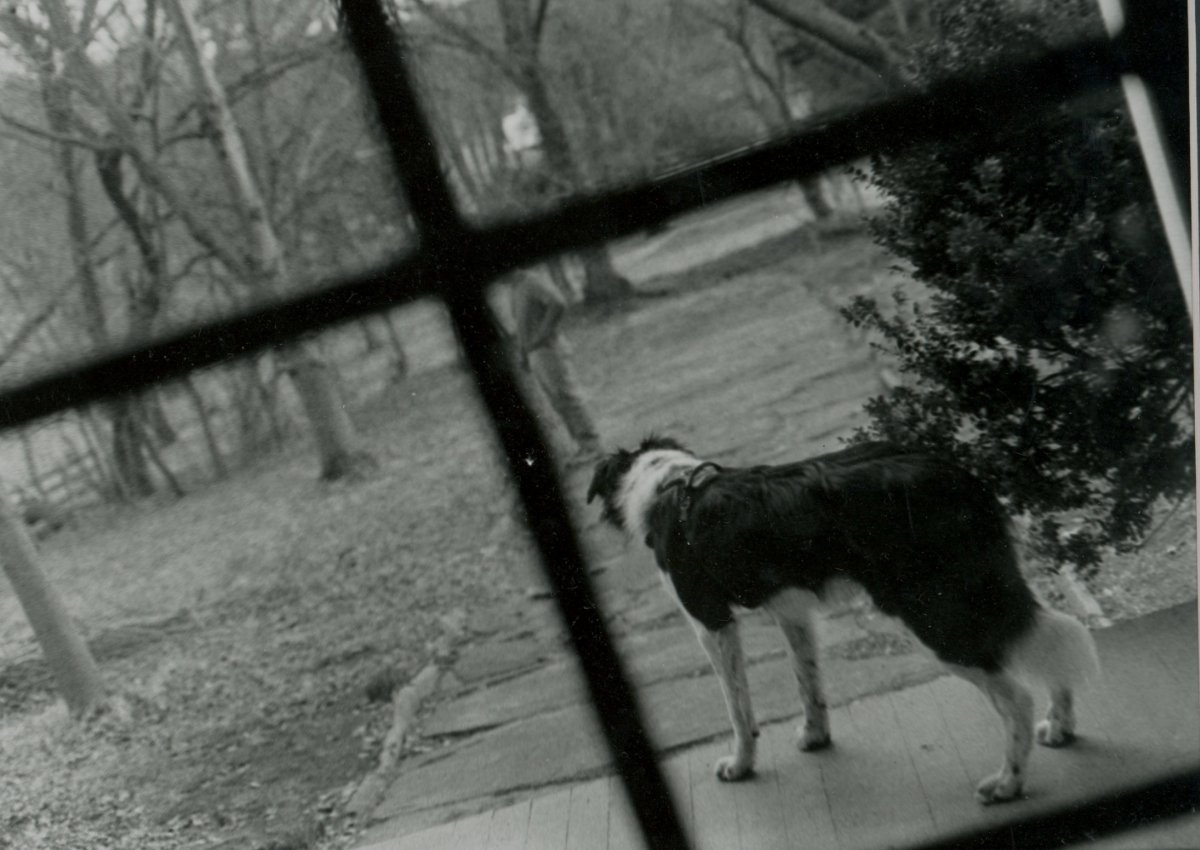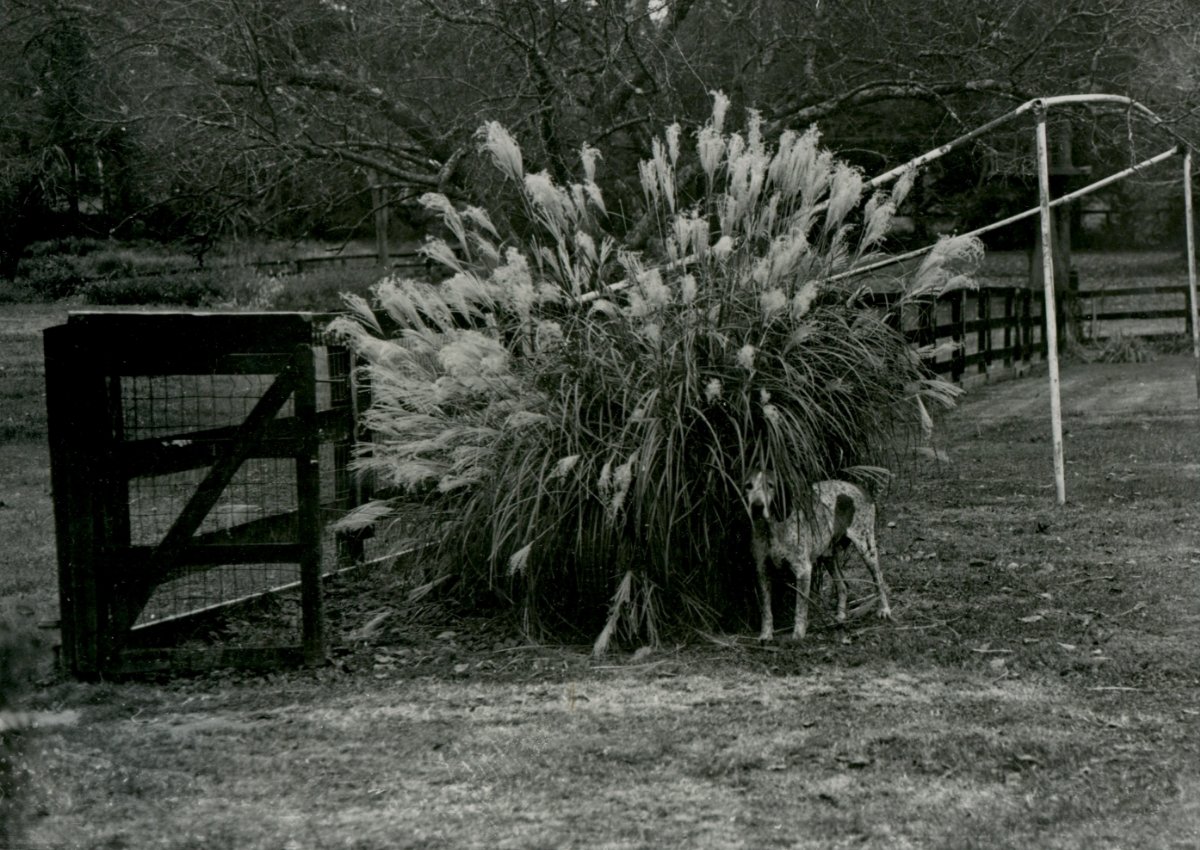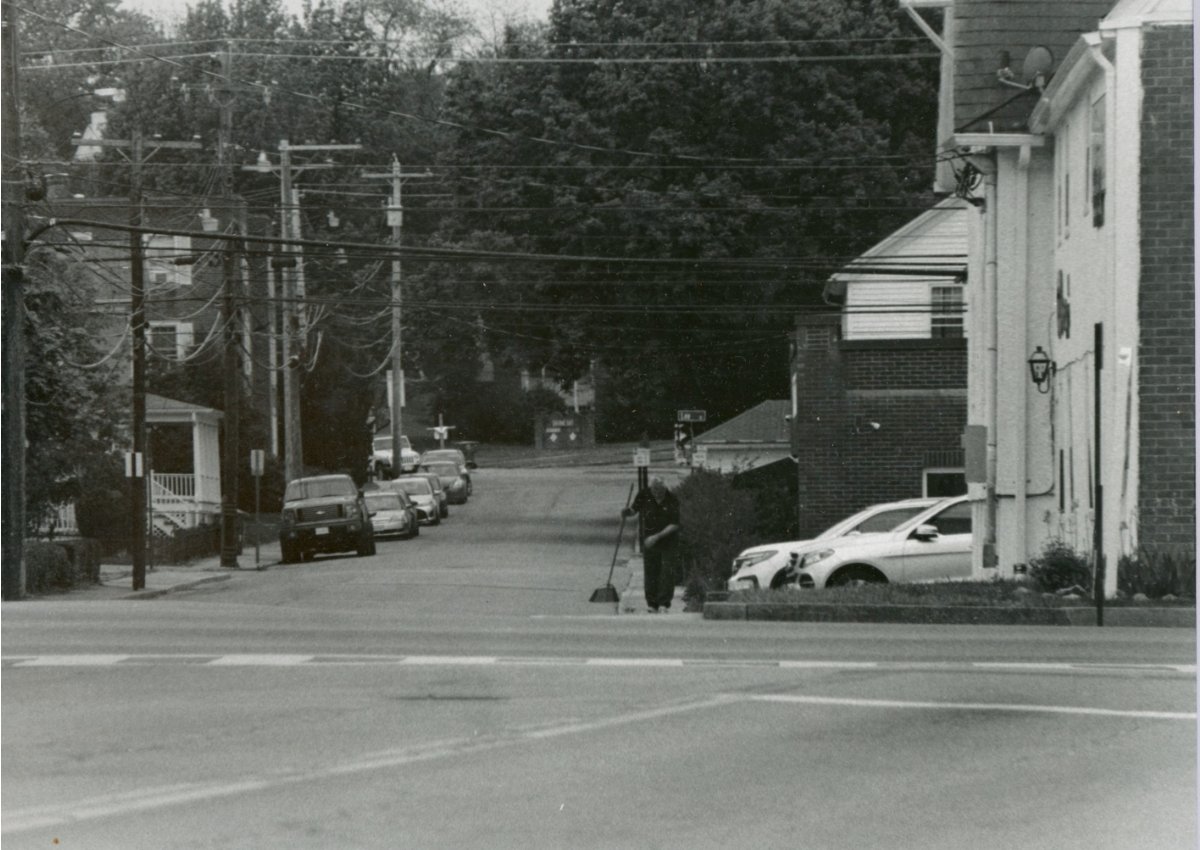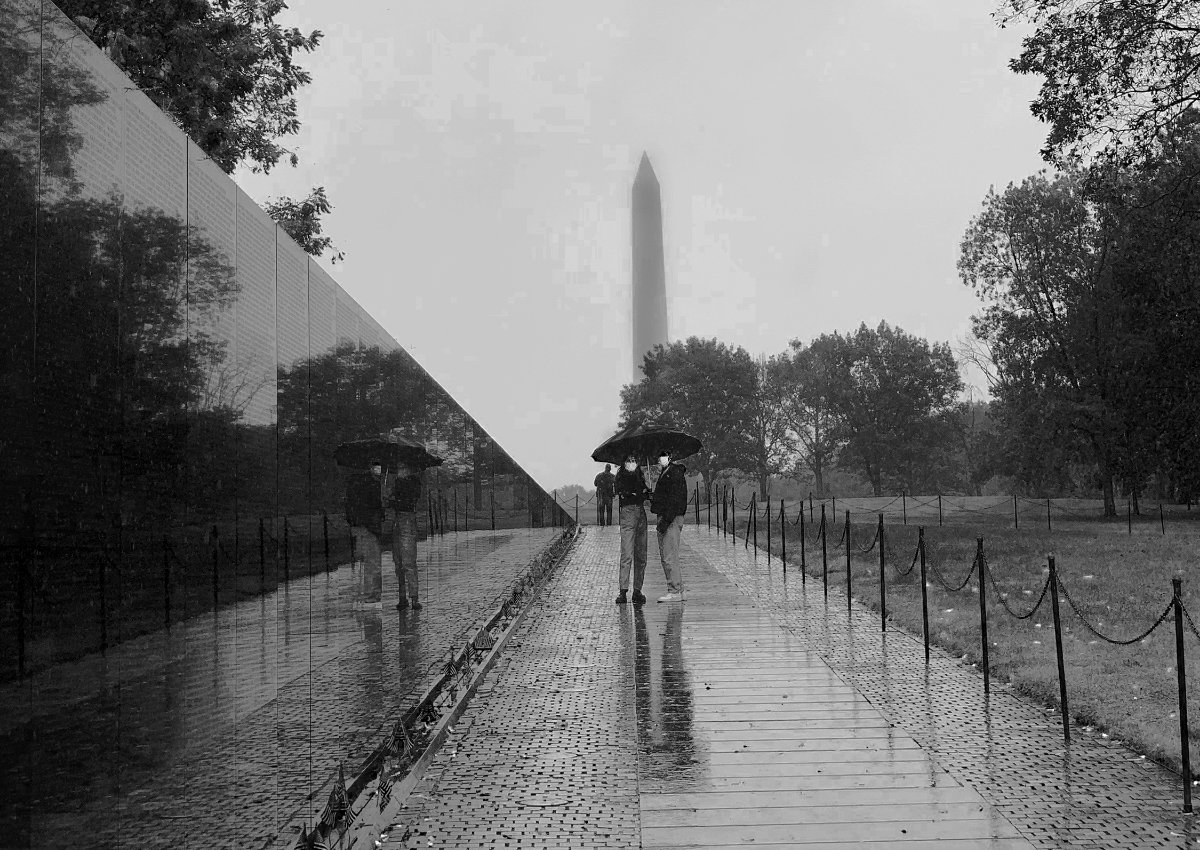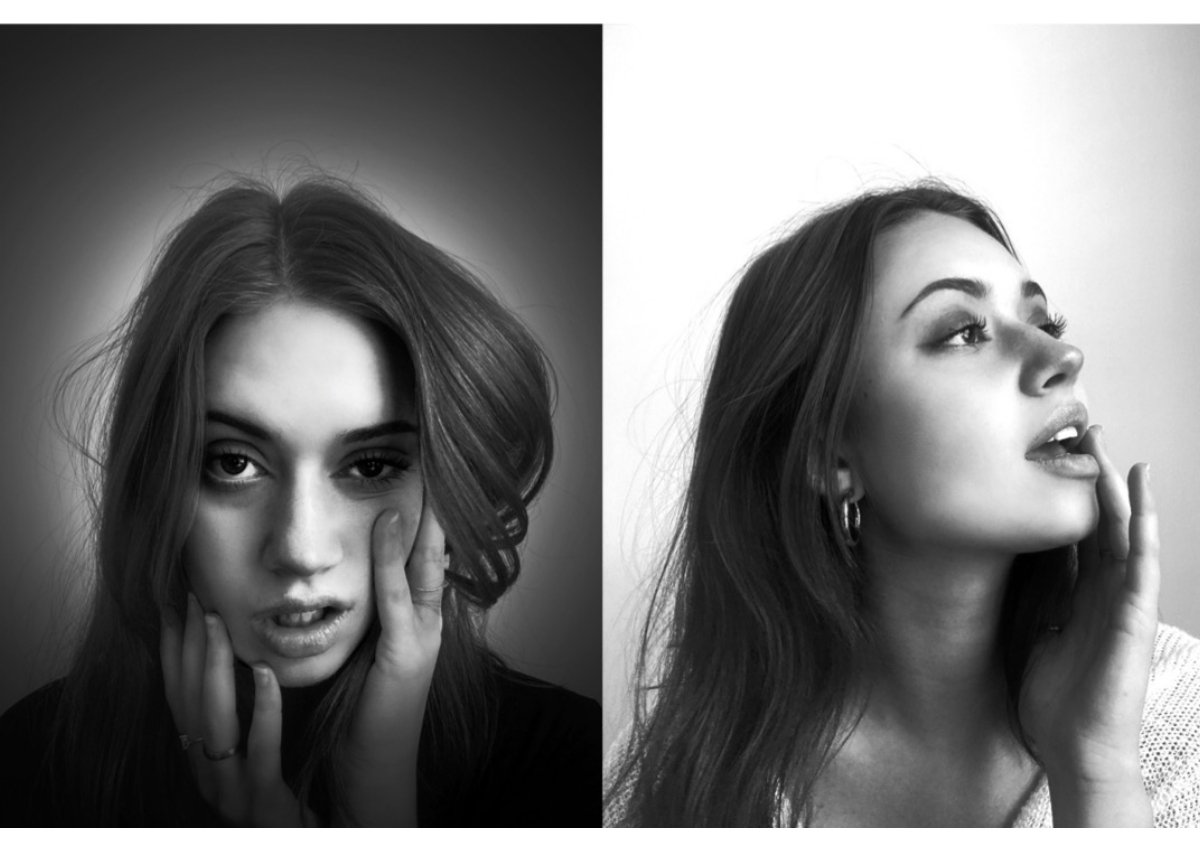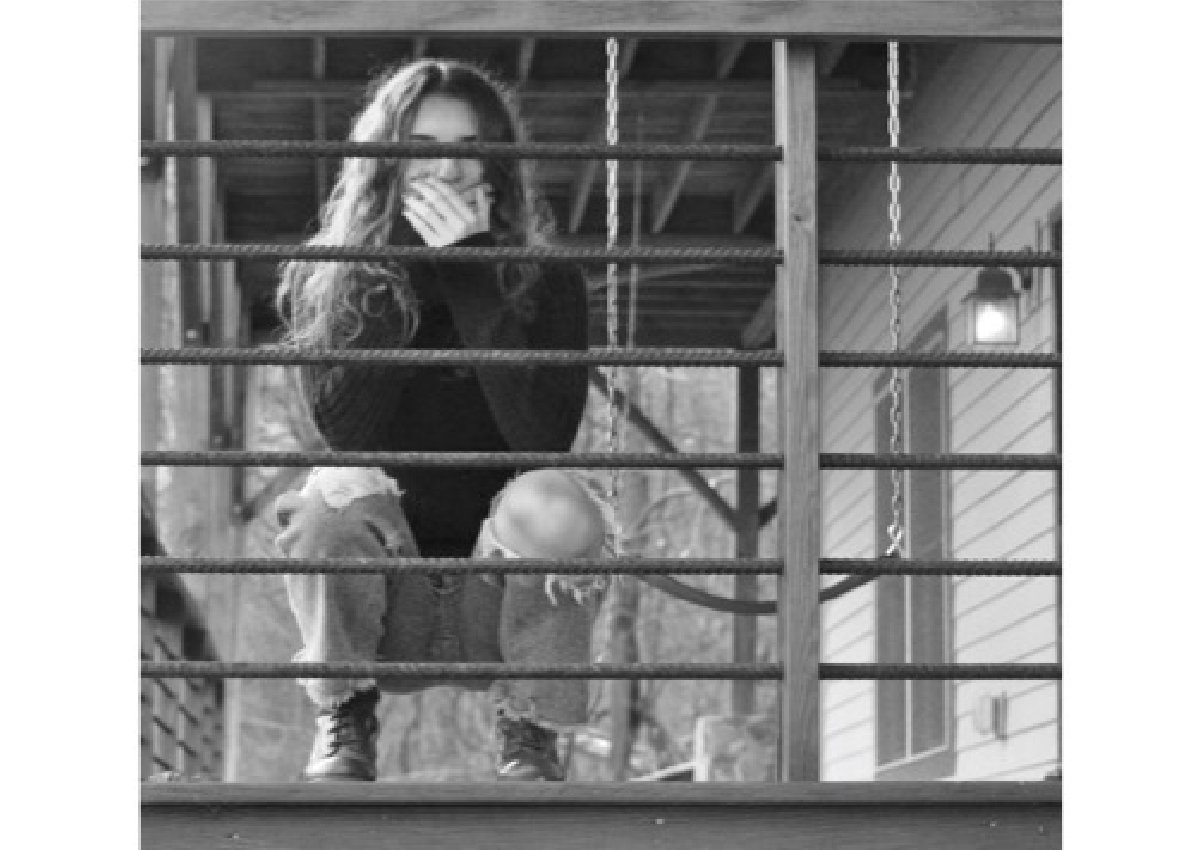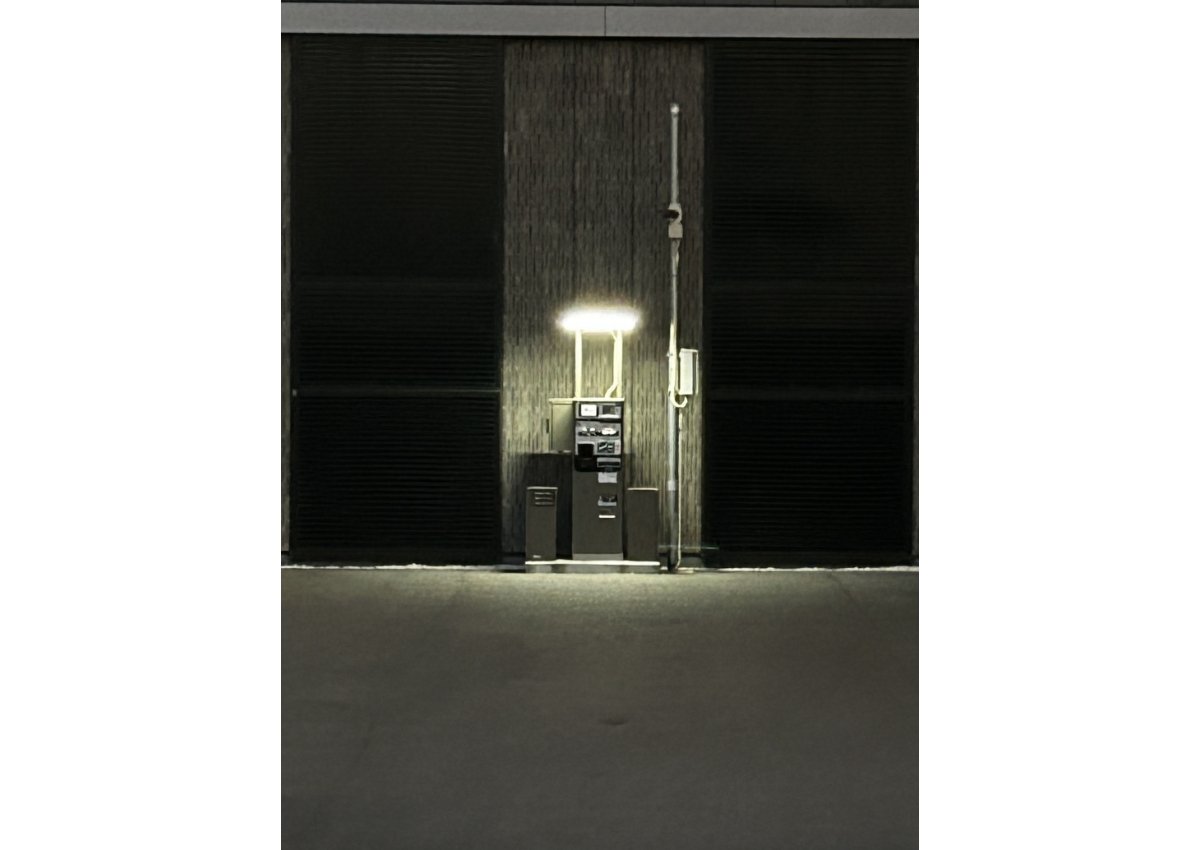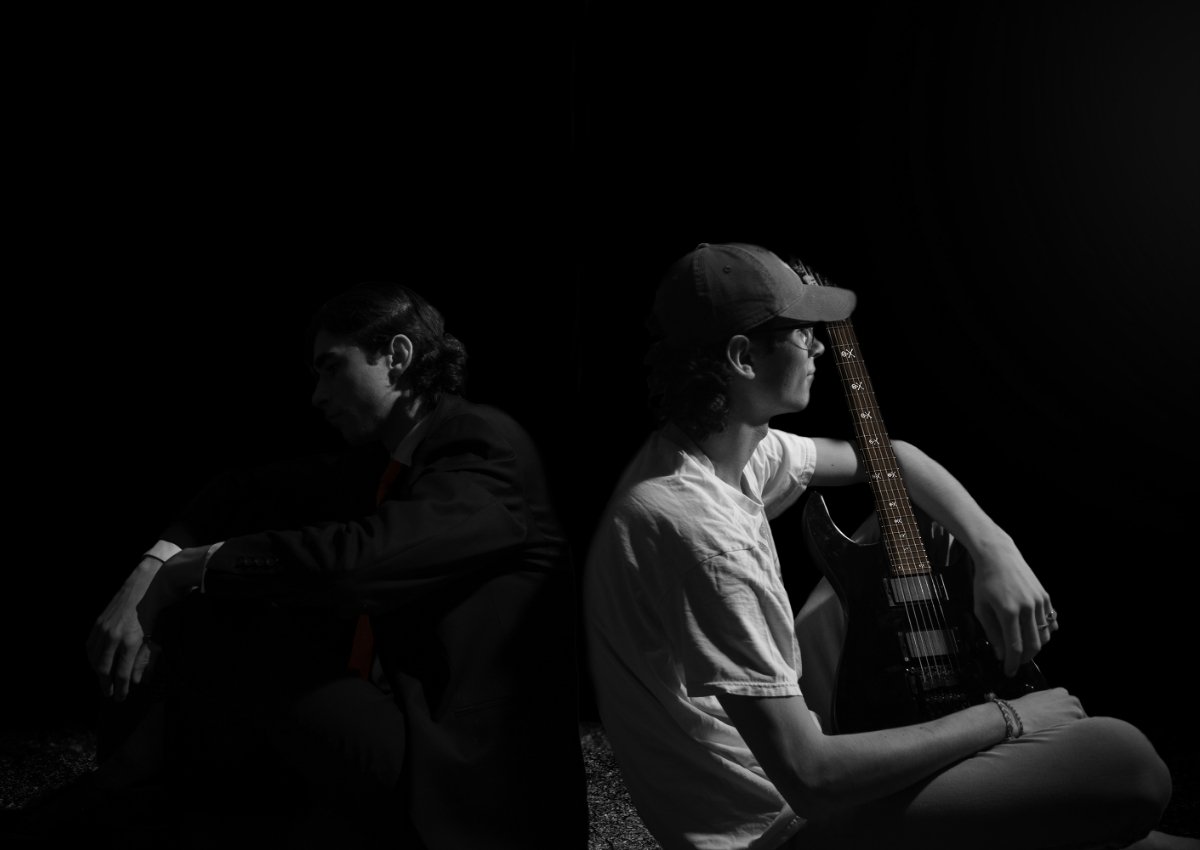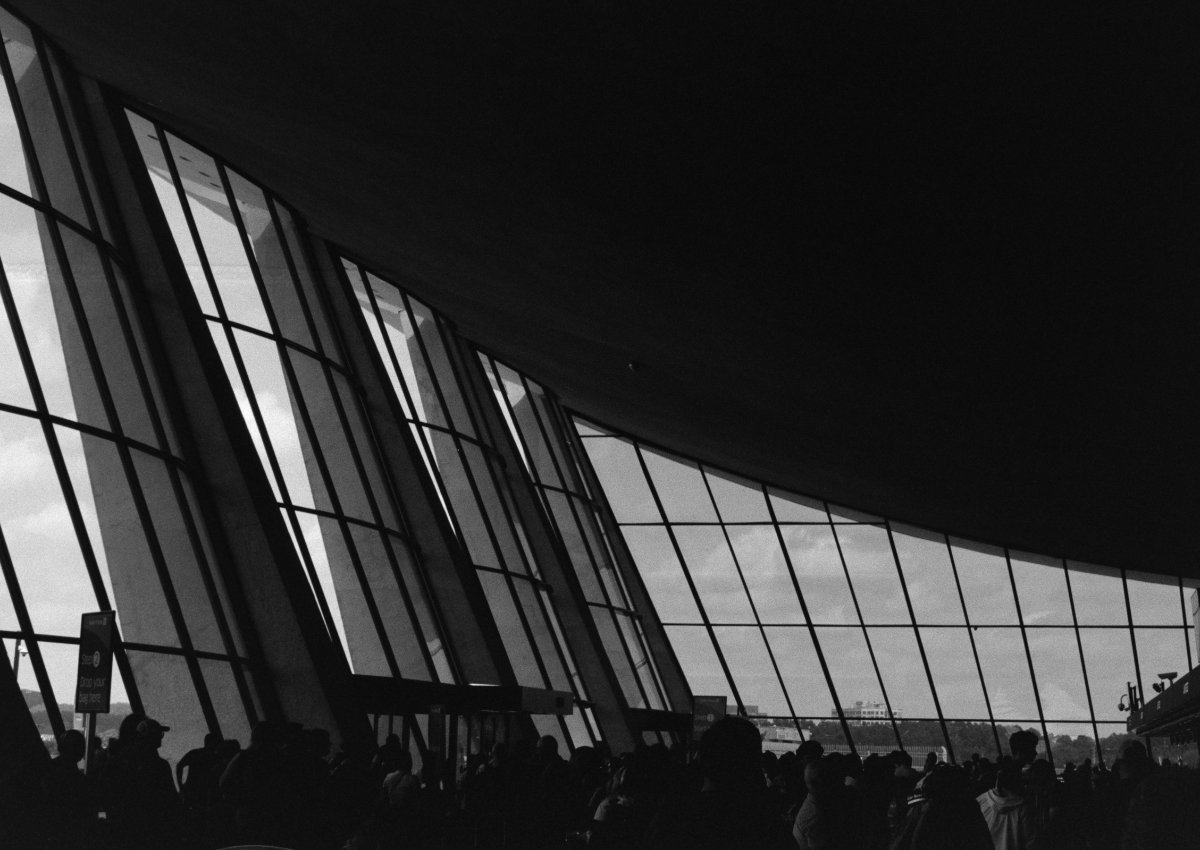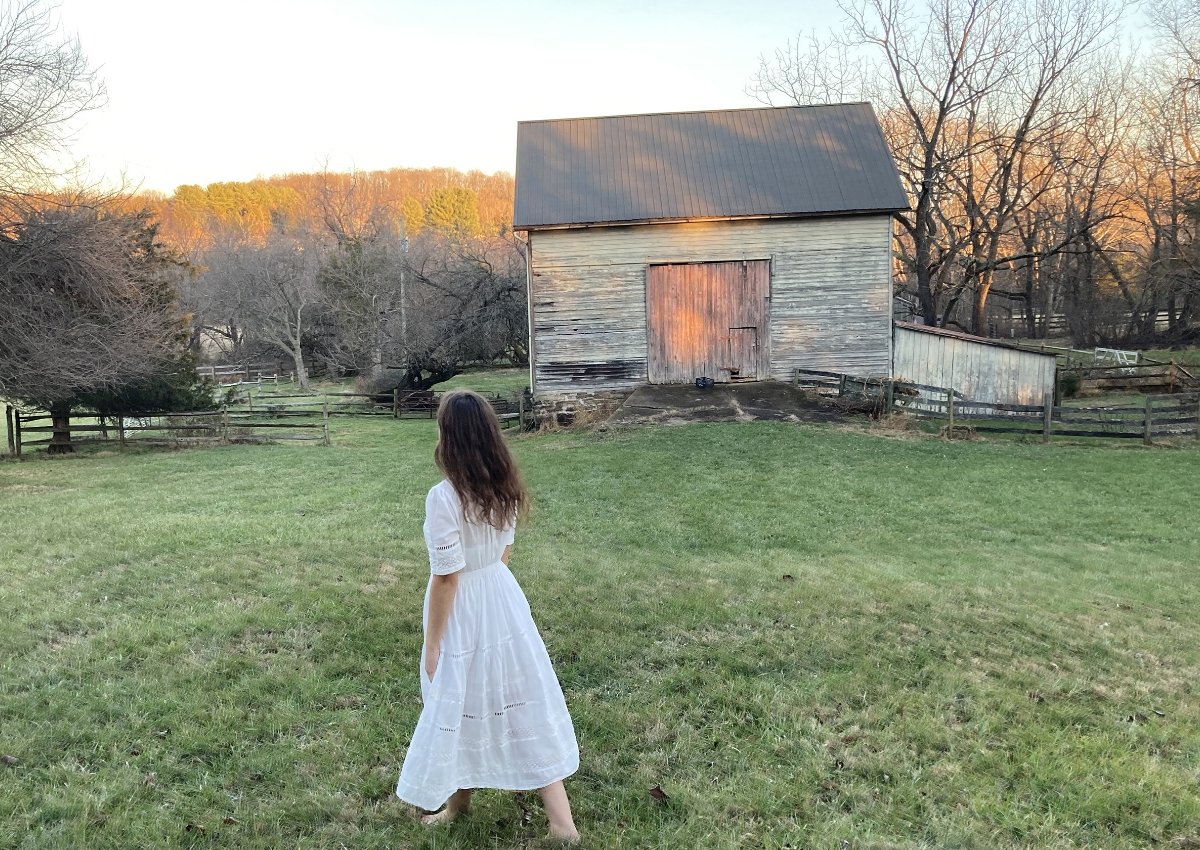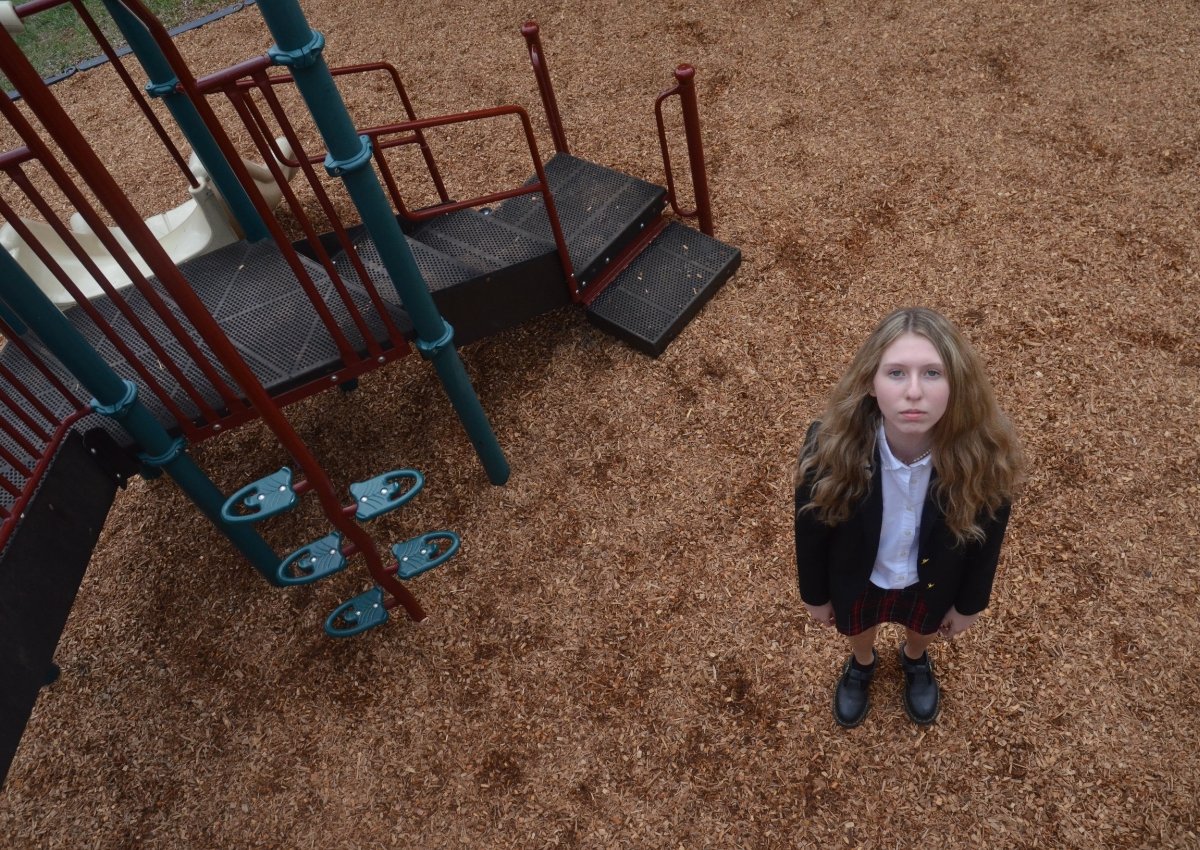Within each project, students are given a great deal of latitude, encouraging individualism in interpreting and solving the problem assigned. Their creativity, technique, and composition are directly related to the quality of their photographs. Continuous personal progression in technique and style helps the students develop a sense of pride in their creations.
Students are highly encouraged to experiment. With free access to the darkroom and all of the equipment, projects are geared to instill personal responsibility and artistic growth in the students. Once students acquire the basic foundations of photography, the course's emphasis turns to personalized image control. Special printing techniques, as well as variations in films, developers, printing papers, lenses, processes, and larger camera formats are explored, depending on class size and time.
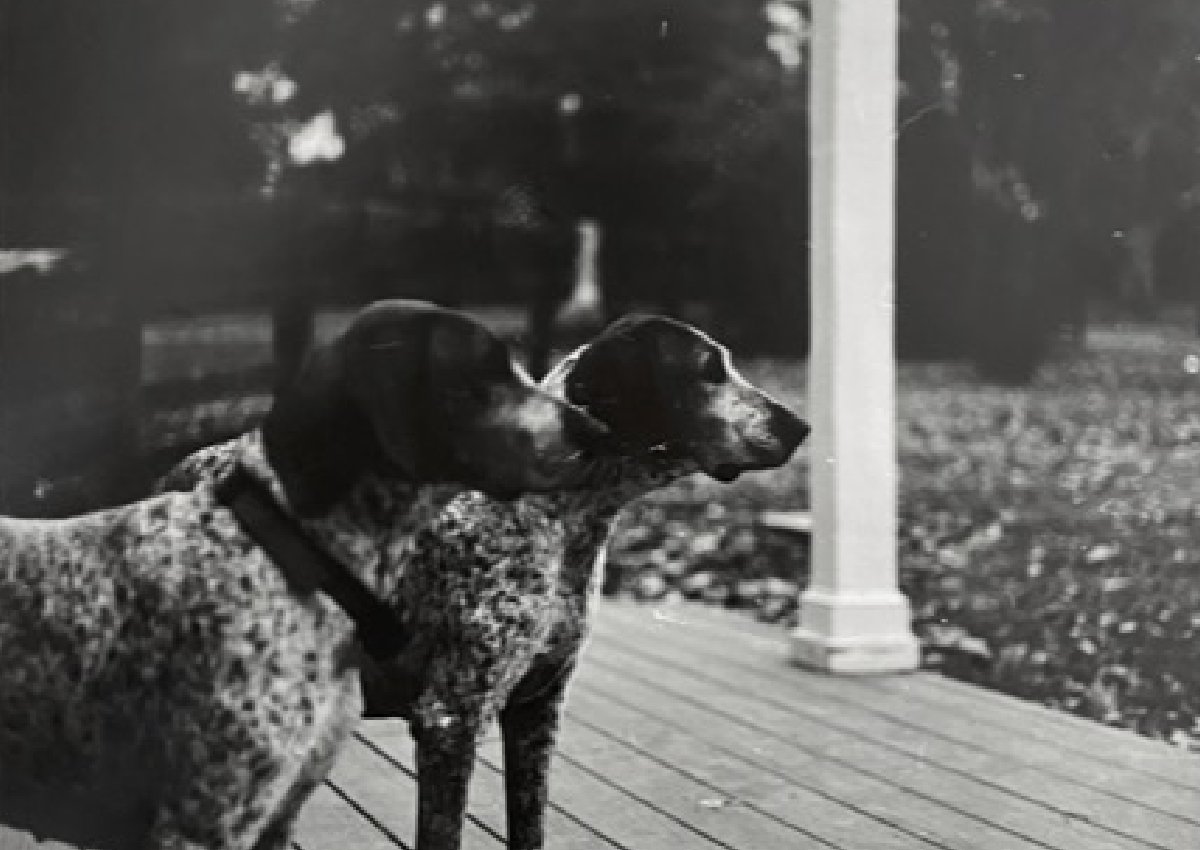
Advanced
Advanced Photography builds on what the students learn in Black-and-White Photography. Medium and large formats are emphasized while continuing to work with 135mm imaging. This course also introduces motivations behind photo selection, as well as photographic image modification and manipulation through computer technology such as Photoshop CC and Lightroom. Methods for archiving and filing of images are also taught. Indesign CC is introduced through various projects and portfolio building.

